In the aftermath of the Kansas referendum last Tuesday night, I wrote the following tweet:
A few people have messaged me and asked why I think this. I’ve also been asked how it fits into my popularist framework for thinking about electoral strategy, which tends to recommend that Democrats talk about bread and butter economic policies, rather than more divisive social issues.
So I thought that I’d write a bit more extensively on why I think that Democrats should lean all the way into a fight on abortion rights.
First, what happened in Kansas:
Kansas is, relative to the rest of the country, a quite Republican state. Donald Trump won it by 15% in 2020, even as he lost the popular vote by 4.5%. But unlike other similarly conservative states, Kansas has fairly liberal laws on reproductive rights. This is because a few years ago, the Kansas Supreme Court declared that a privacy clause in the Kansas Constitution protects reproductive freedom. When Roe v. Wade was the law of the land, this ruling was not hugely important. In the aftermath of Roe’s downfall, however, it is quite a big deal, and naturally, the religious right in the state wanted to do something about it.
To that end, they proposed a ballot initiative, where a “Yes” vote would make clear that restricting abortion was in the purview of the Kansas legislature, and a “No” vote preserved the status quo. Not only was the election of significant policy importance – due to Kansas’ geographical positioning in a sea of red states, preserving abortion rights there is especially critical – but the referendum was anticipated as a bellwether of the new, post Dobbs political environment.
And the reproductive rights side absolutely crushed it. You can see this in the raw results:
But you can also see it in this chart from Nate Cohn:
Cohn’s chart is confusing at first, but with a bit of parsing, it tells an important story. The positioning of each red dot on the y-axis represents how a county in Alabama, Louisiana, Tennessee, and West Virginia voted in referendums on abortion that happened before Dobbs. The positioning of the red dots on the x-axis represents what share of the two-party vote Democrats received in that county in 2020.
As you can see, the red dots roughly form a line with a slope of 1, implying that a given percentage increase in Democratic vote share in a county is associated with an equivalent increase in support for abortion rights.
Now look at the blue dots, which show how counties in Kansas voted this week. The y-axis positioning still represents support for abortion rights, and the x-axis still represents Democratic two-party vote share. The slope is still roughly similar – more Democrats in a county still means more support for abortion rights.
But look at the intercept of the line formed by the blue dots. It’s substantially higher. Across the board, regardless of how Democratic a county was, the pro-choice side consistently outperformed baseline Democratic partisanship by 10-20%.
That’s a major change from the pre-Dobbs equilibrium, and it provides hard evidence to corroborate the public polling showing overwhelming opposition to Republican attempts to restrict abortion, and an uptick for Democrats in the generic congressional ballot.1
Trust and salience matter a lot:
In a tightly controlled survey environment, the most effective Democratic political messaging tends to focus on Republican plans to take health care and retirement benefits away from working people. However, this may not perfectly translate to the real world of politics, because of two variables: trust and salience.
Generally, Democratic messaging on the economy does pretty well. But right now, voters are – fairly or not – extremely dissatisfied with how the Democratic president is managing the economy. As a result, the party is much less trusted on the issue than it used to be. My hunch, as someone who works on optimizing political messaging, is that this means that the value of talking points on the economy that are highly effective in a survey environment is somewhat lower in the real world.
This is definitively not true of abortion. At the moment, abortion is perhaps the single issue where Democrats enjoy the most significant trust advantage from voters.
And not only are Democrats trusted on it, but the issue is incredibly salient. Right-wing attacks on reproductive rights are in the headlines every day, boosting the ability of Democrats to get their message out.
Defending the status quo is always helpful:
One thing I think a lot of idealistic people get wrong about American politics is the idea that the public is crying out for “big, structural change” (to borrow a phrase from Elizabeth Warren’s presidential bid. The reality is that while America has a lot of problems, most people feel like they’re doing pretty well, and see changes to the status quo as concerning, rather than exciting.
This poses a problem for progressives, who generally tend to be in the business of altering the way things are, in order to build a brighter future.
But right now, the progressive position on abortion has a massive, massive, status quo tailwind. Progressives are trying to defend the world as it is, while the religious right seeks to implement laws that are more extreme than most voters have seen in their lifetimes. That’s a big deal.
It’s rare that the party that’s not in power is able to make a major substantive change to American public policy – I can’t think of any equivalent examples in the last few decades. And that offers at least a glimmer of hope that the closest thing to an iron law of politics – poor performance of the president’s party during a midterm – might soften a bit.
We still need to get our messaging right:
While abortion is the Democratic party’s best issue at the moment, that doesn’t mean that all ways of talking about it are created equal. For example, take a look at this Twitter thread, detailing the major ads run by the pro-choice side in Kansas.
The ads tended to focus on how the ballot measure sought to “take away Kansans freedom” by “imposing more government mandates.” Many of the ads didn’t mention abortion at all, instead obliquely referencing “private health care decisions,” as they urged viewers to “vote no” and preserve the status quo. This is perhaps not the type of messaging that is most emotionally satisfying to highly educated liberals, but emotional satisfaction isn’t the goal: winning is.
For more on what types of pro-choice messaging works best, I can’t recommend enough this podcast episode by McKenzie Wilson and Marcela Mulholland, the communications and political directors, respectively, at Data for Progress. In the episode, they explain in depth the insights Wilson communicated in the thread I’ve provided below:
Not all Democratic strategists!
After the Kansas referendum, Senator Brian Schatz of Hawaii tweeted:
I’m not sure who exactly Schatz is trying to subtweet here. But it’s worth saying that all the smartest pollsters and strategists I know think Schatz is exactly right.
If we want to win, we ought to make politically savvy messaging on protecting abortion rights the centerpiece of the midterms campaign.
Over the last few months, I’ve become substantially more optimistic about the Democratic party’s chances of retaining a Senate majority. Part of that is because Republican nominees in key states – Herschel Walker and Dr. Oz, for example – have been substantially worse than my expectations. But it’s also partly because the national environment has meaningfully improved.
In the four months since I wrote that Democrats were “sleepwalking into a Senate disaster,” the party has gone from a 2.5% deficit in FiveThirtyEight’s generic ballot tracker, to a dead heat (at least for the time being). This is a somewhat surprising development in historical terms, as it is usually the out party that improves its standing in the polls as the election approaches.
This uptick may be ephemeral – and some public pollsters that I put particular stock in, like Data for Progress – are still finding that Republicans have a roughly 3% lead. But in general, I think the movement is at least somewhat real, and that the Democratic party’s prospects are meaningfully better than they were in April.
It’s hard to decompose exactly why this uptick has happened, but it seems likely that it’s a combination of backlash to Roe being overturned, as well as relief at the recent fall in gas prices nationwide.




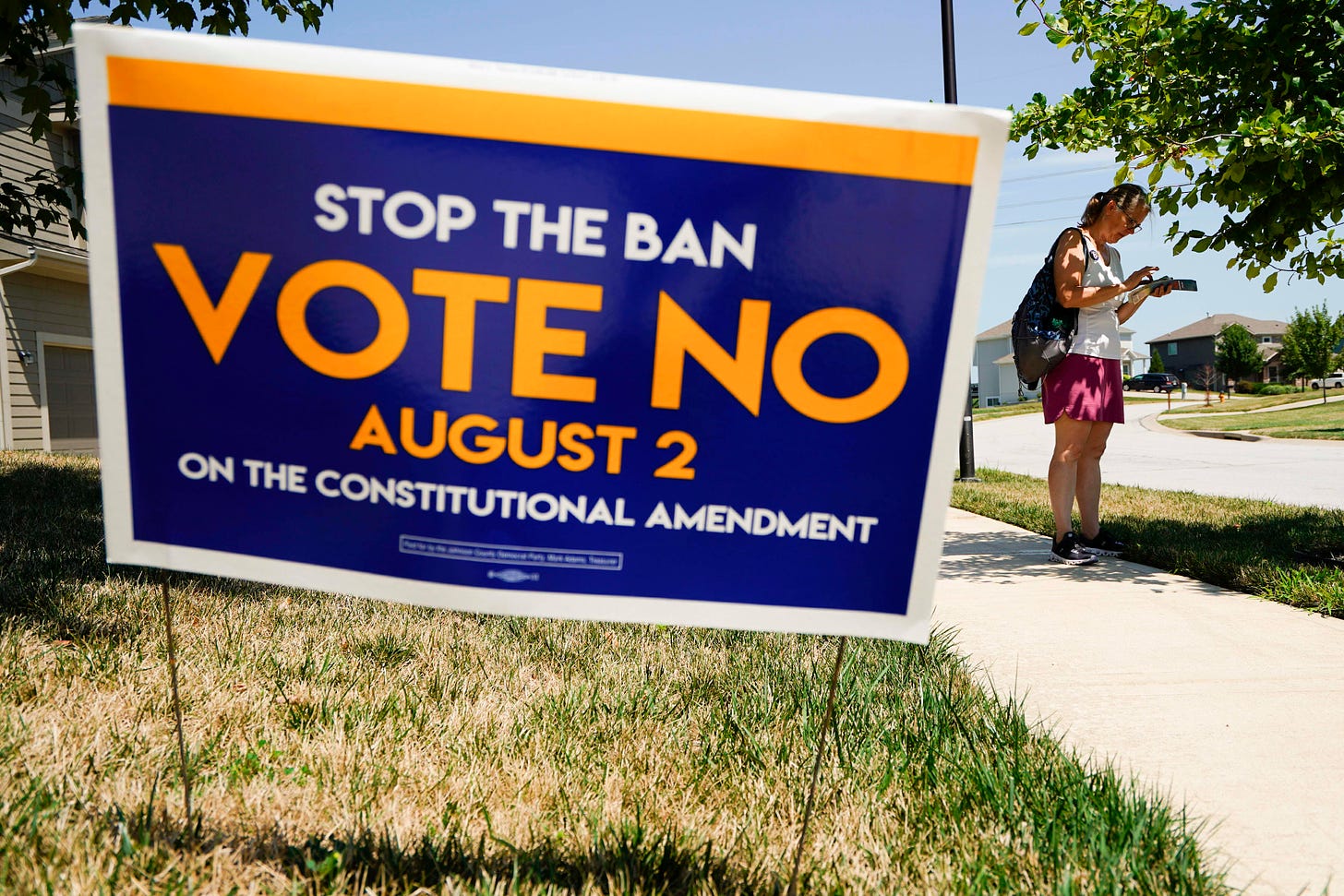
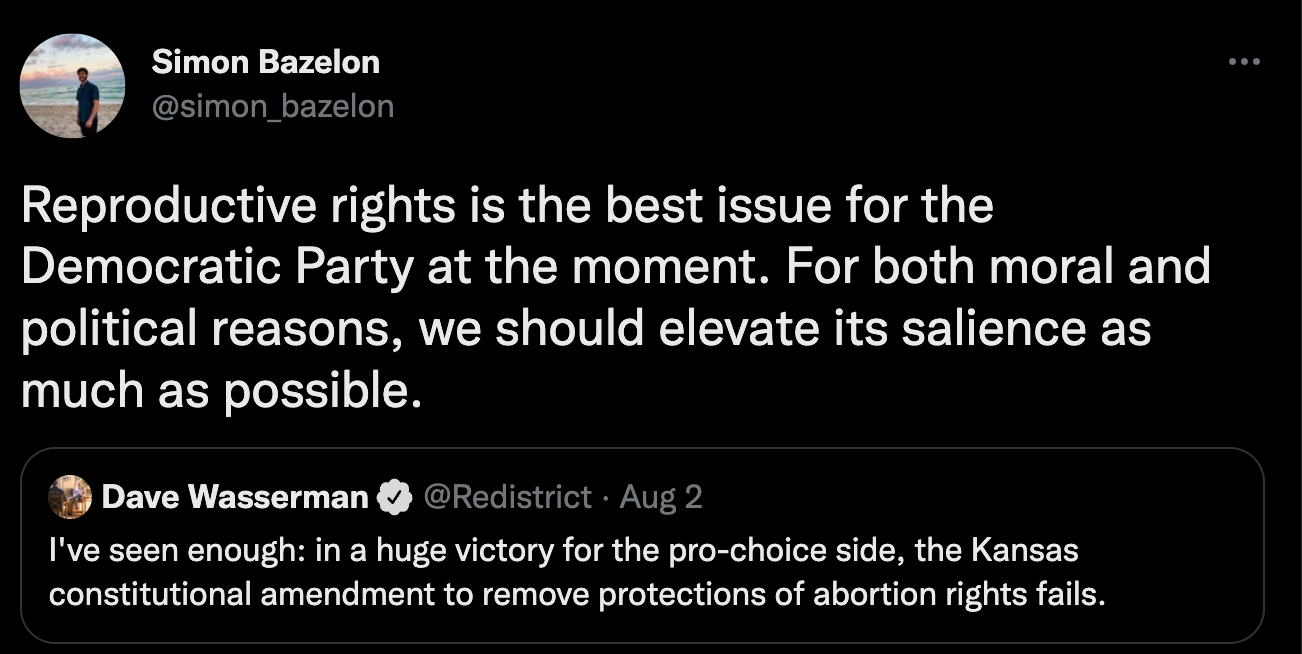
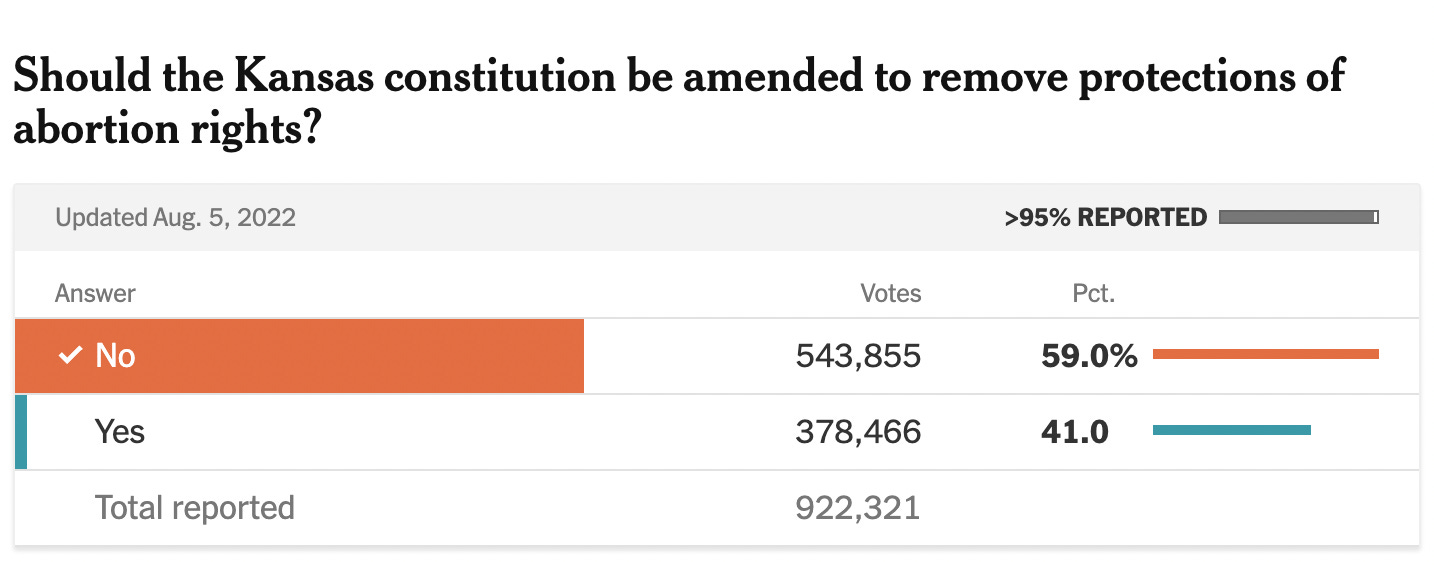
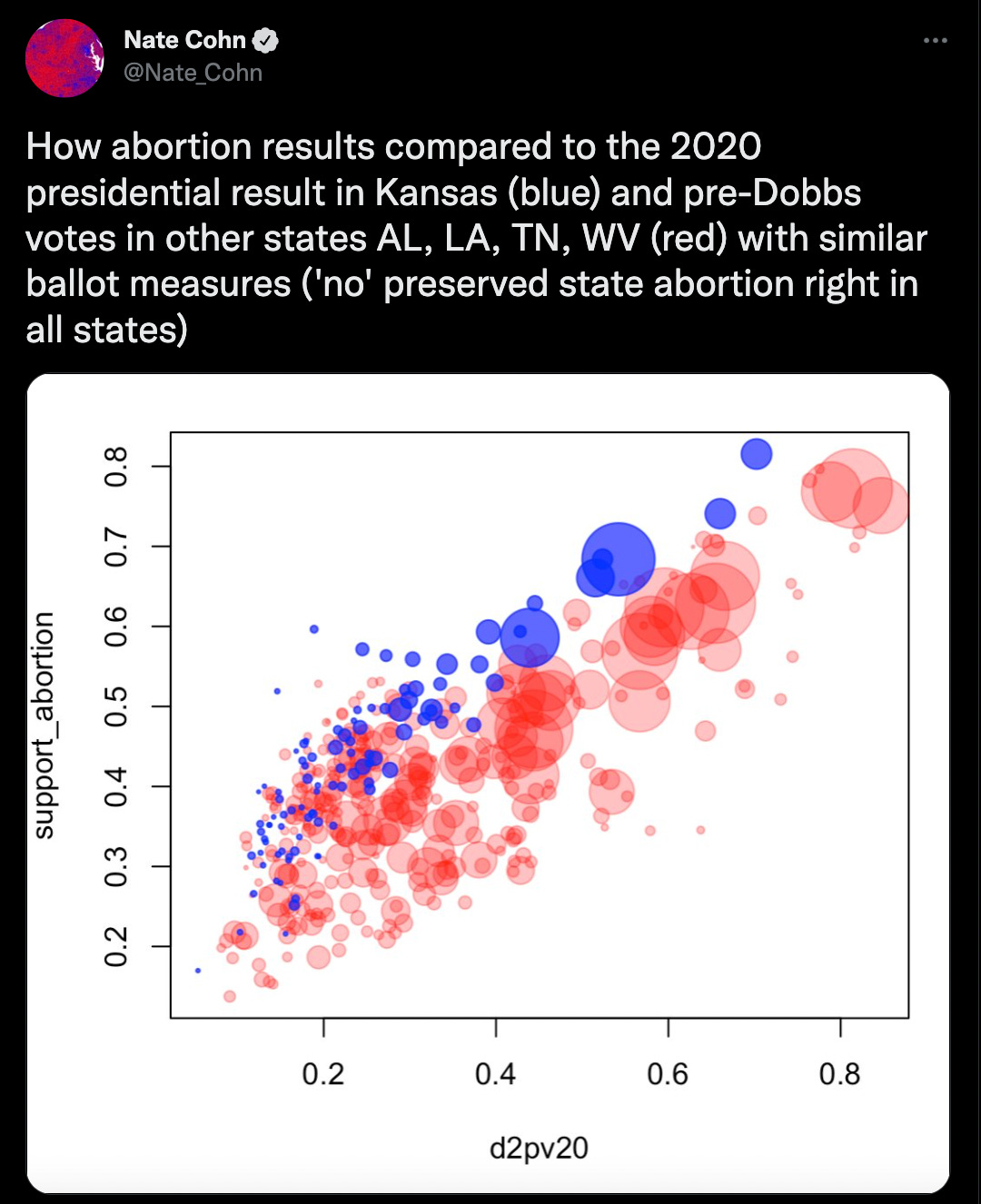
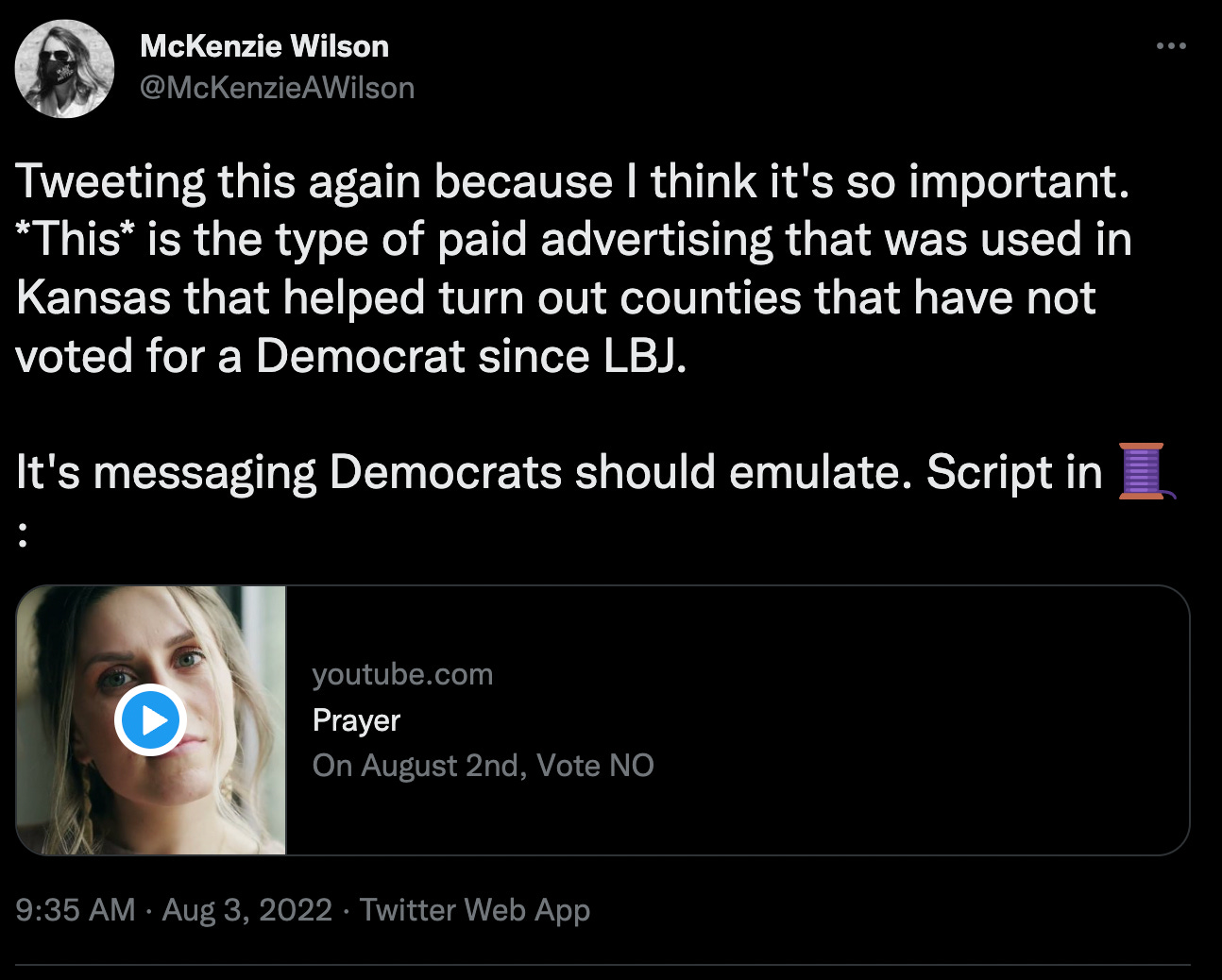
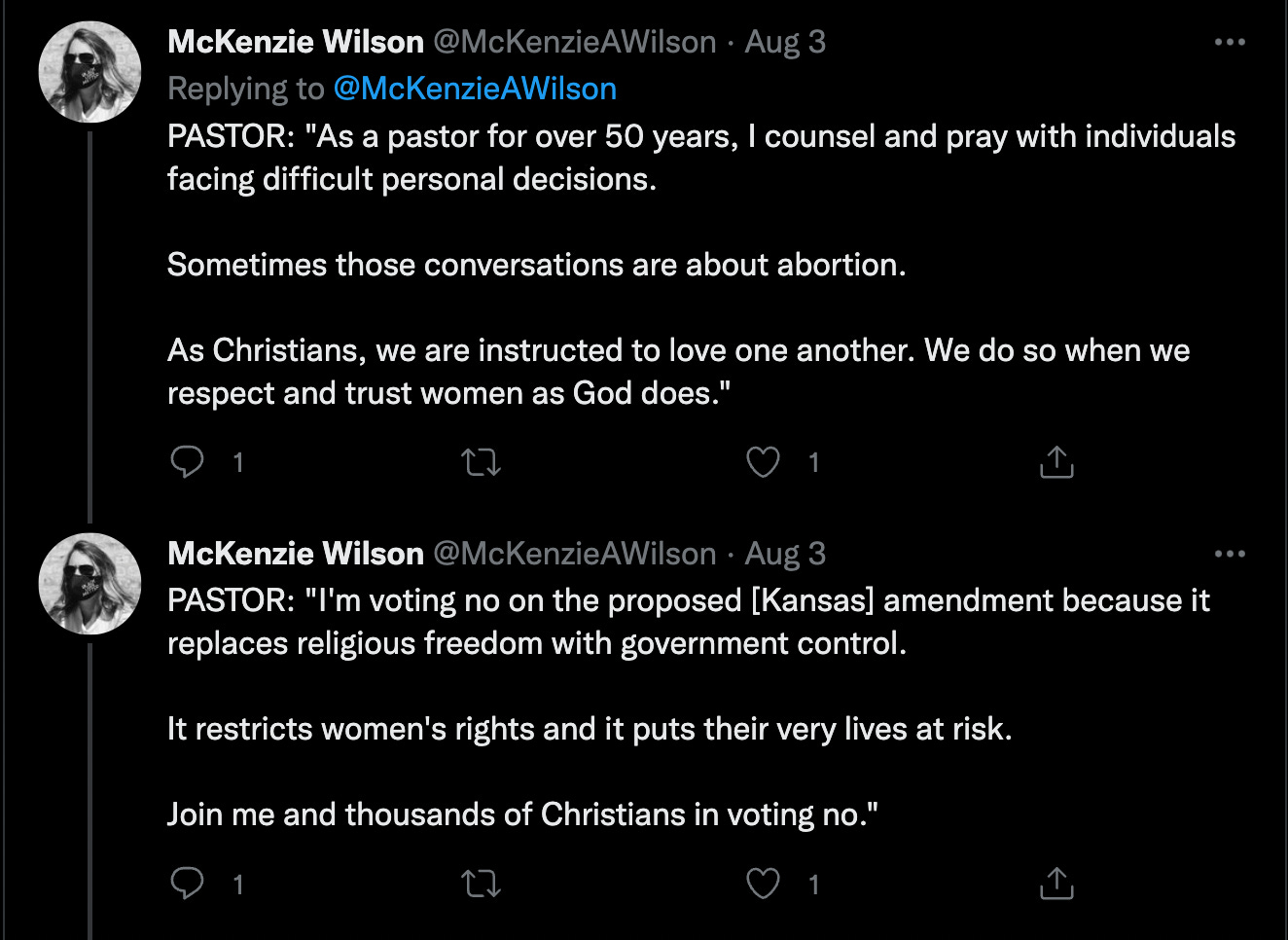
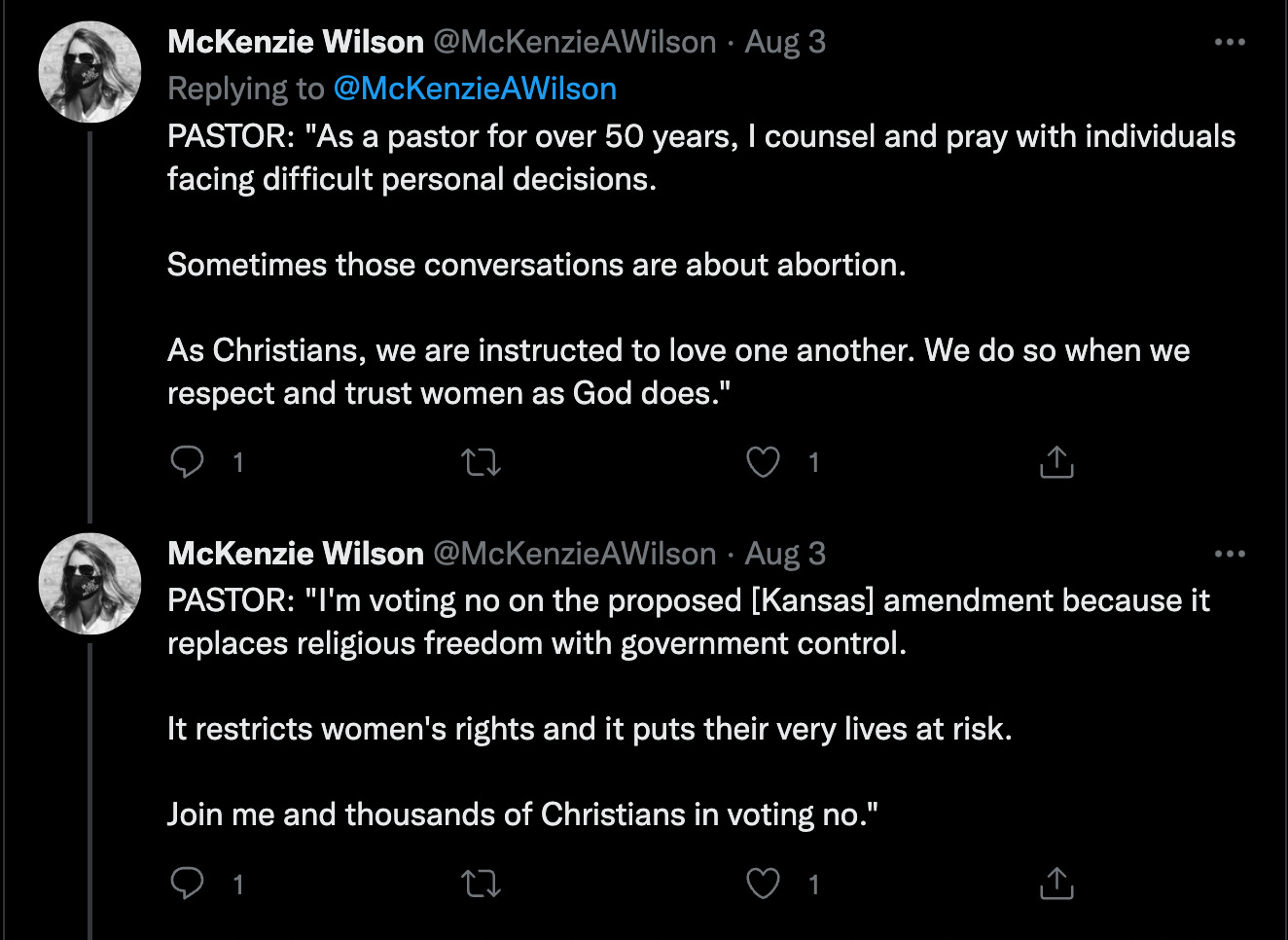
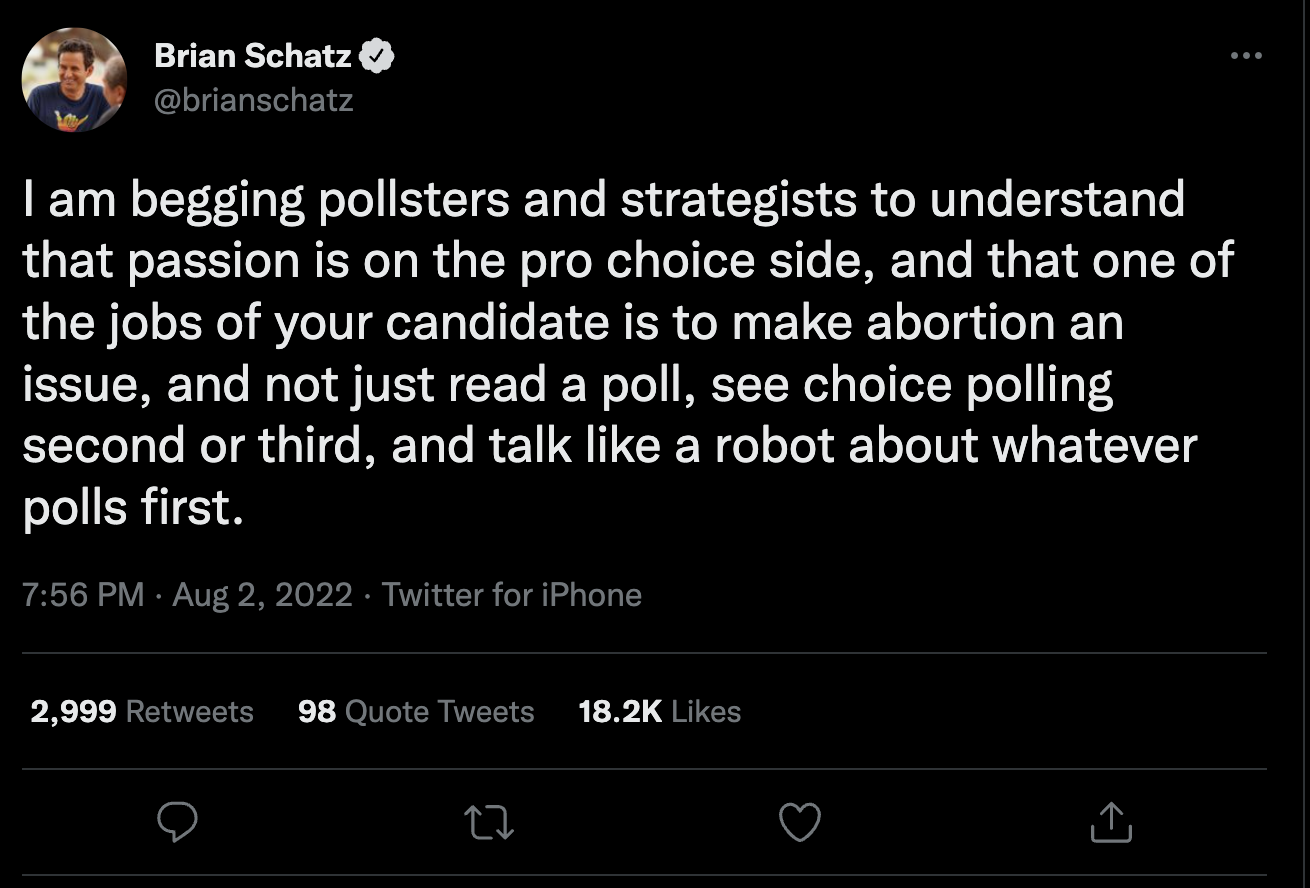
I am 1st Trimester pro-choice. I worry about Dems views after that. When do Dems become pro-life? They should speak more clearly. If you’re just pushing back against the other side you are not really clearly saying what you believe.
Please don’t say 90% of all abortion happens in the first trimester so there’s nothing to talk about. I disagree. The other 10% is important to. What law would Dems support? When and what restrictions do they propose? This is important. At some point, a fetus can feel pain. Can we agree that after that point abortion should be highly restricted?
Simon, this is terrific stuff. Curious whether you'd advise the same to Evan McMullin, the Independent candidate for US Senate in red-and-Mormon-but-idiosyncratic-and-compassionate Utah?